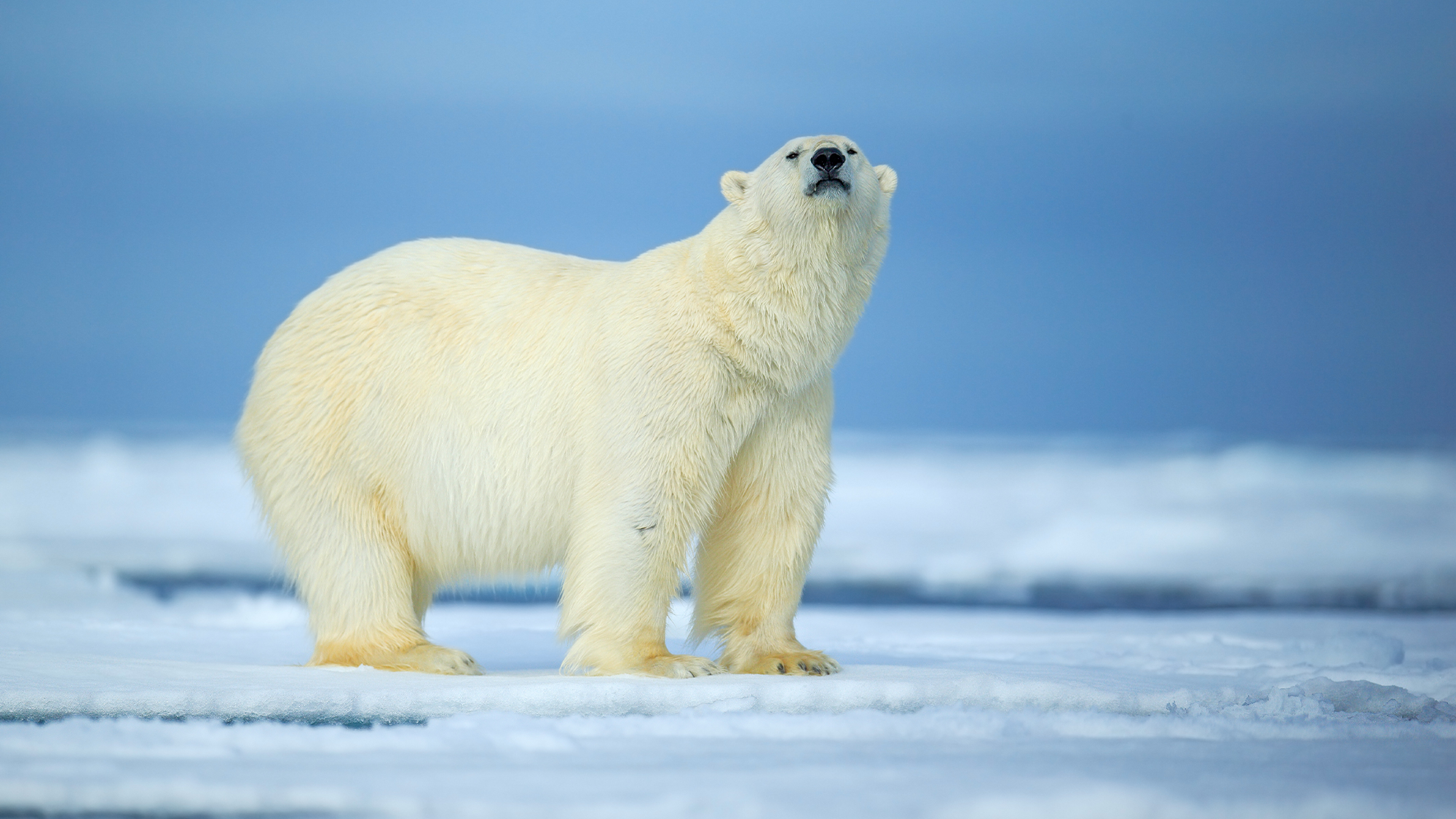

For animals spread all across the realms–air, land, and water–traveling speed is affected by how well they can cool off. The findings of a study published on April 18 in the open access journal PLOS Biology found that an animal’s traveling speed is limited by how effectively they can shed the excess heat generated by its muscles, particularly for animals that weigh over one ton.
Travel is crucial to the survival of many animals, and certain physical features can dictate how far animals can migrate and where they find food. This is becoming even more challenging in a human-dominated world with more fragmented habitats and climate changing limiting food and water resources.
[Related: We are eating large animals into extinction.]
In this study, the team used data on 532 species to develop a computerized model to look at the relationship between an animal’s size and traveling speed. The data only included freely moving animals in the wild based on radar tracking devices or video recordings, excluding studies on animals in captivity.
As animals became larger, the traveling speeds increased, until they reached one ton, or about 2,000 pounds. At that point, the traveling speeds leveled off and began to decrease. When looking for possible reasons why the animals were slowing down, they concluded that the larger animals needed to slow down to avoid overheating changed the shape of the curve in the results.
The results were the same for aquatic animals even though they live in water, which can cool the body down. Medium-sized animals, such as wolves, typically showed the fastest sustained speeds.
“The new study provides a way to understand animal movement capacities across species and can be used to estimate any animal’s traveling speed based on its size,” co-author and biologist Alexander Dyer from the German Centre for Integrative Biodiversity Research said in a statement. “For example, this approach can be applied to predict whether an animal might be able to move between habitats fragmented by human development, even when the details of its biology are unknown.”
[Related: Ceramic ‘igloos’ could keep African penguins cool and cozy.]
In theory, increased temperatures due to climate change will affect all animals and not just the larger ones. Some animals are already evolving smaller bodies in response to the heat. According to the World Meteorological Organization, an eight year period from 2014 to 2022 were the eight warmest years on Earth’s record.
“We anticipate that large animals are potentially more susceptible to the effects of habitat fragmentation in a warming climate than previously thought and therefore more prone to extinction. But this needs further investigation,” co-author and biologist also at the German Centre for Integrative Biodiversity Research Myriam Hirt said in a statement.
